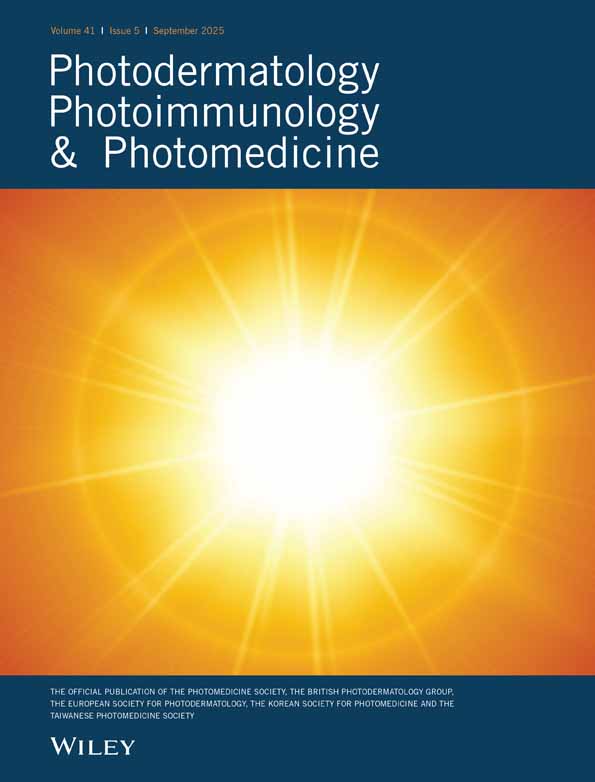Phototoxicity to sulphonamide-derived oral antidiabetics and diuretics: investigations in hairless mice
Abstract
The oral antidiabetics glibenclamide, glipizide, glymidine, tolazamide and tolbutamide and the diuretics bemetizide, bendroflumethiazide, benzylhydrochlorothiazide, bumetanide, butizide, furosemide, hydrochlorothiazide, hydroflumethiazide and trichlormethiazide were investigated for phototoxic effects in hairless mice. The back of the animals (hr/hr-c3H/TifBom) was covered with Duoderm dressing, and at the site of two punched out holes 0.05 ml of the test substances at 0.25 mol/1 concentration and the solvent alone as control were injected intradermally, respectively. Both test and control sites were irradiated with 6–12 J/cm2 of longwave UVA light from a “Bluelight 2000” apparatus (Hönle, Martinsried, Germany). Skin reactions were read at 24 and 48 h. Compared to the solvent alone, all of the test substances induced reactions (necrosis or oedema) - most frequently seen by macroscopic and histologic investigation and by measurements with a thickness gage. Injection of the test substance or solvent alone without or with subsequent UVA irradiation, as well as UVA alone, did not induce measurable skin changes in this model. Three oral antidiabetics and four diuretics, not yet described to induce photosensitivity in vitro nor in vivo, were detected as potential photosensitizers using our animal model.




